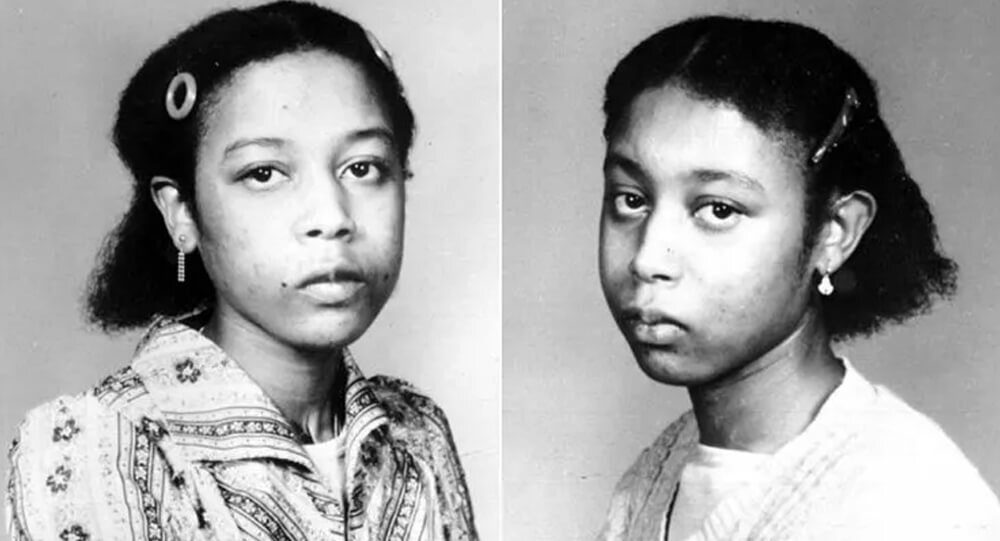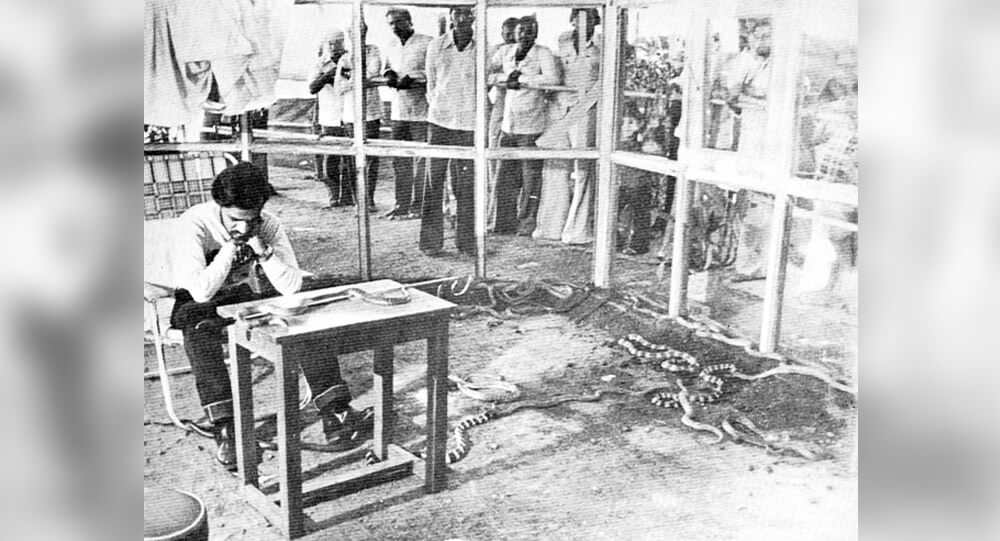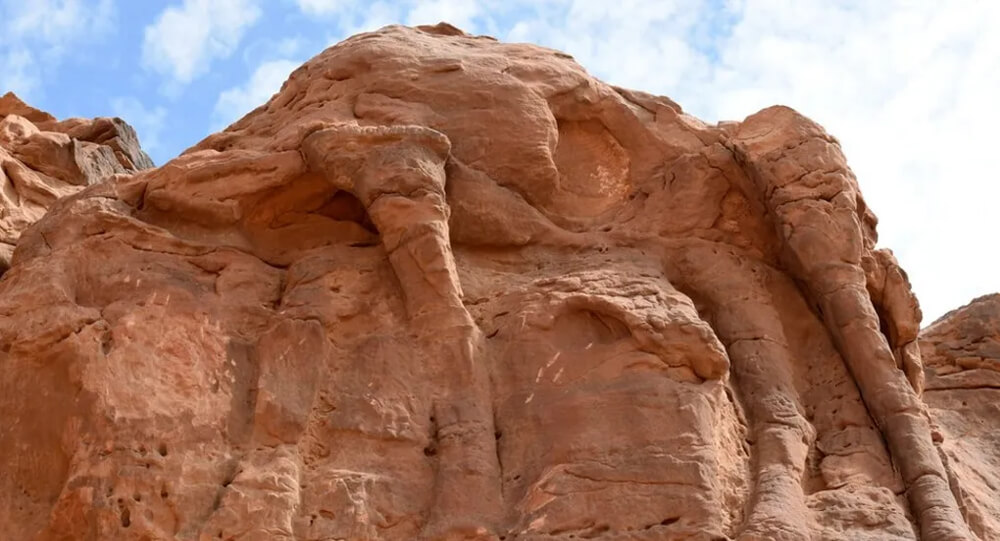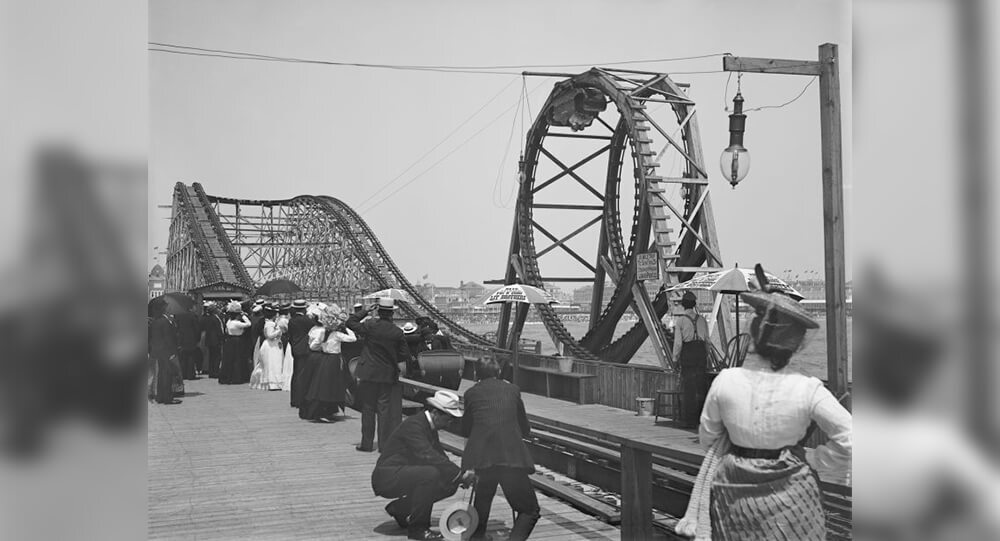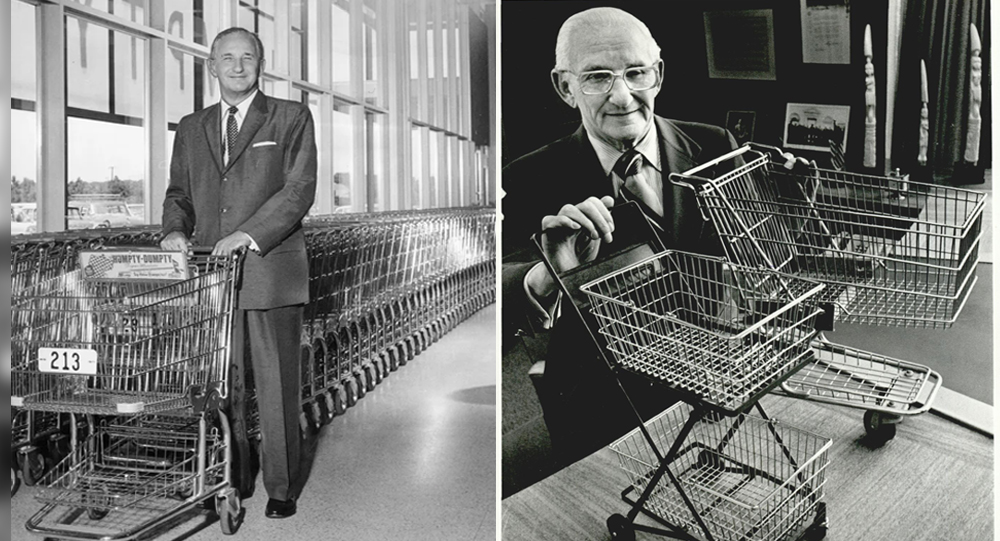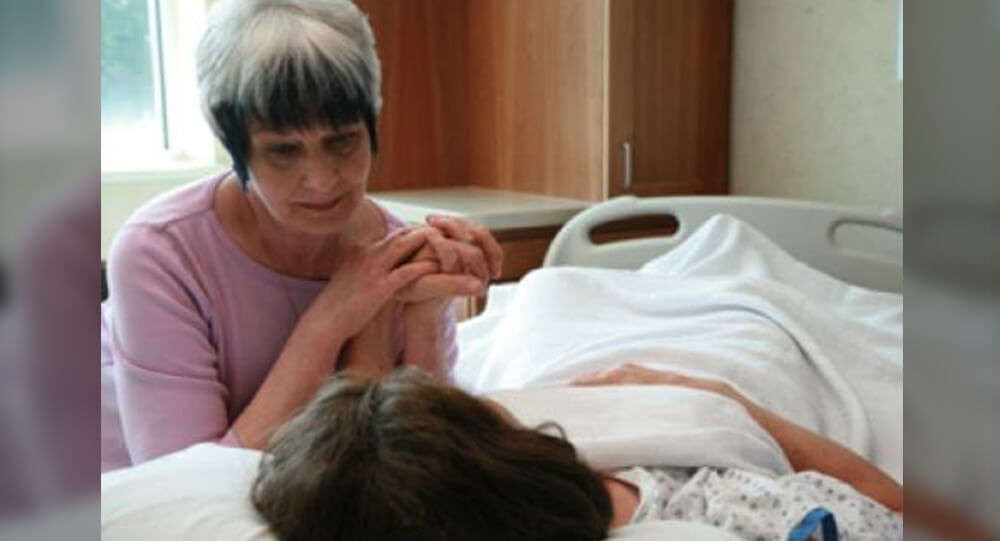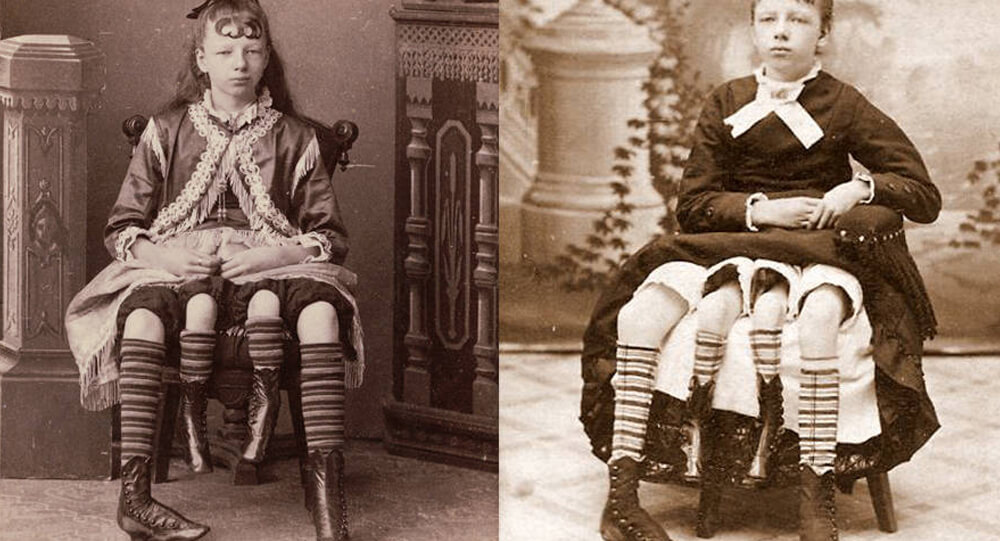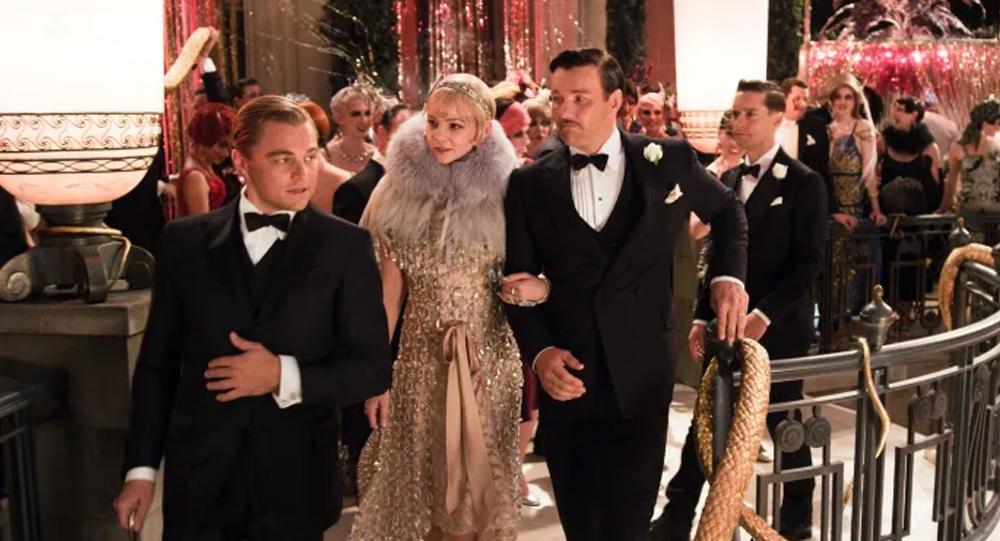
The 1920s weren’t just another decade—they were a cultural explosion. Jazz filled smoky clubs, women gained new freedoms, and fashion took a daring leap into modernity. Gone were the rigid corsets and floor-sweeping gowns of the previous era. In their place came short hemlines, loose silhouettes, and a newfound love for self-expression through clothing.
This shift wasn’t just about aesthetics—it reflected the changing role of women in society. The flapper, with her bobbed hair, knee-length dress, and rebellious attitude, became the symbol of a generation that refused to be confined by old norms. And while a century has passed, the style DNA of the 1920s is still woven into the fabrics of today’s fashion industry.
The Flapper Silhouette Lives On
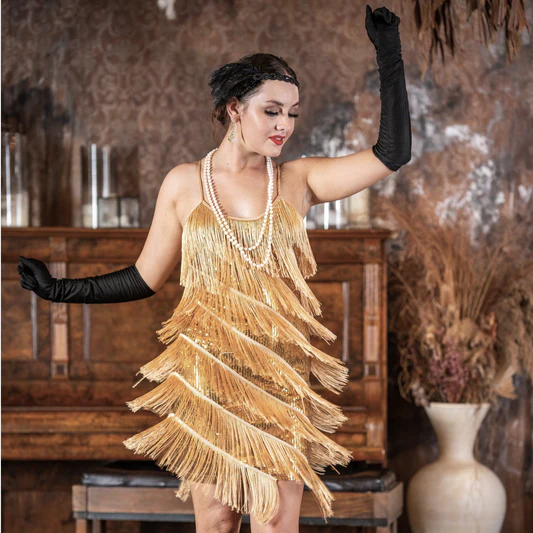
The most iconic contribution of the 1920s to fashion was the flapper dress—straight, sleeveless, and designed for movement. These dresses were made for dancing the Charleston, often adorned with fringe, beads, or sequins that shimmered under the glow of nightclub lights.
Modern fashion continues to borrow from this relaxed, free-flowing silhouette. Drop-waist dresses, loose-fit tunics, and slip dresses all trace their lineage back to the Jazz Age. Even red carpet gowns by designers like Ralph Lauren and Gucci occasionally revive the flapper’s effortless elegance—proof that this silhouette never truly went out of style.
Accessories That Defined—and Still Define—An Era
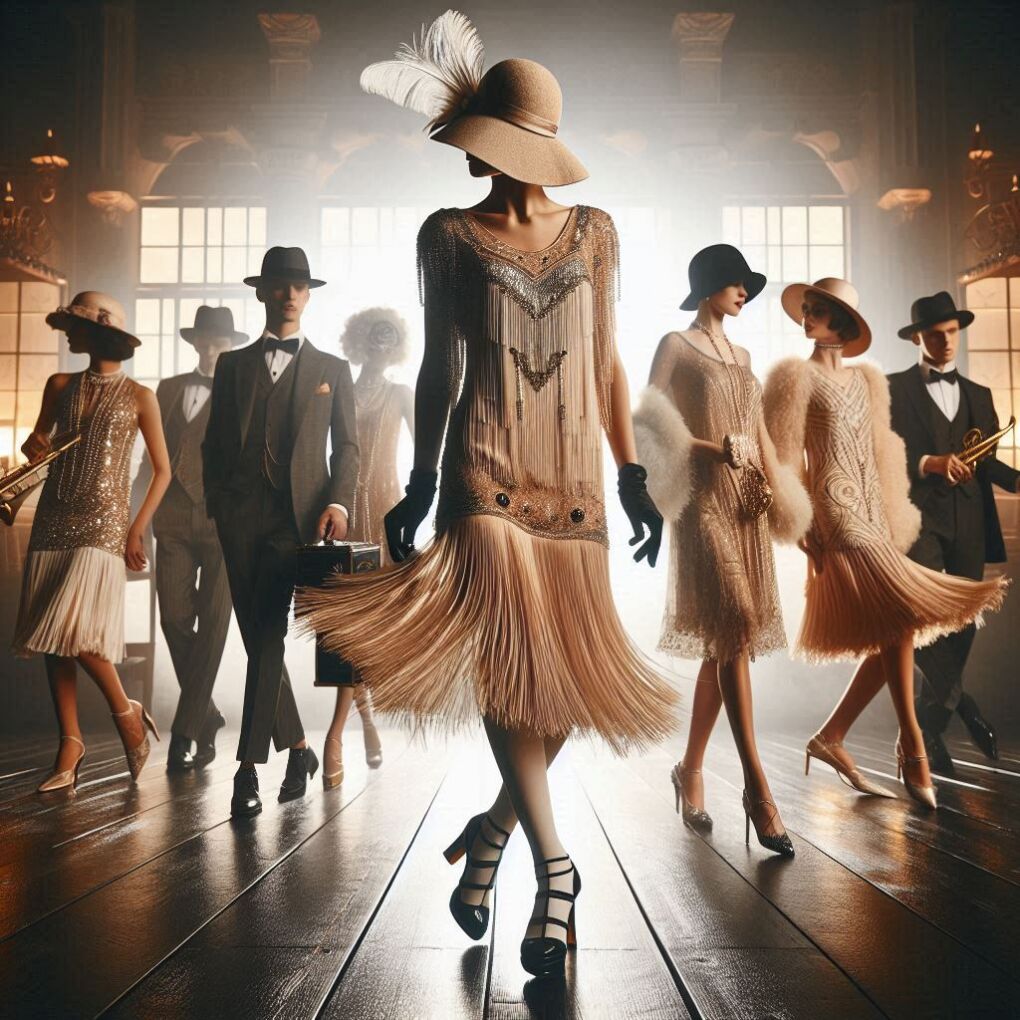
If you picture a woman from the 1920s, she’s likely wearing a cloche hat pulled low over her eyes, strings of pearls around her neck, and perhaps a feathered headband for a touch of drama. Accessories weren’t just finishing touches—they were statements of personality.
Today, the cloche hat has seen revivals on runways and in winter collections from brands like Prada and Lanvin. Layered necklaces, another flapper favorite, are still a staple in bohemian and high-fashion looks. Even the trend of bold headpieces at events like the Met Gala owes something to the daring accessorizing spirit of the 1920s.
Menswear’s 1920s Revival

While women’s fashion tends to get most of the spotlight, the 1920s also redefined menswear. Wide-legged trousers, double-breasted suits, and fedoras became the uniform of sophisticated men. The “Gatsby look” combined luxury fabrics with sharp tailoring, creating a timeless masculine elegance.
In modern fashion, you can see these influences in everything from Zara’s wide-legged trousers to Tom Ford’s retro-inspired tuxedos. Even casual streetwear sometimes nods to the 1920s with vintage suspenders or newsboy caps making a comeback.
Art Deco’s Lasting Impact on Design
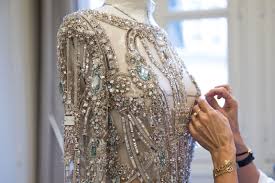
The visual style of the 1920s wasn’t limited to clothing—it was part of a larger cultural movement called Art Deco. This design style embraced geometric patterns, metallic finishes, and rich, bold colors. In fashion, Art Deco translated into beaded dresses with symmetrical designs, embroidered coats, and jewel-toned accessories.
Today, Art Deco influence is visible in modern jewelry, luxury handbags, and evening gowns. Designers like Elie Saab and Marchesa often incorporate intricate beading and structured shapes that could easily be mistaken for vintage 1920s couture. Even graphic design in fashion branding sometimes pulls directly from Art Deco typography and motifs.
Comfort as a Fashion Statement
One of the most underrated legacies of the 1920s is the prioritization of comfort. The decade marked a break from restrictive clothing, introducing soft fabrics, loose fits, and practical cuts. Women could dance, walk, and socialize without feeling trapped in their attire.
Fast-forward to today’s athleisure and oversized trends, and you’ll see the same philosophy: clothing that allows movement while still making a style statement. Just like the flappers, modern consumers want clothes that feel as good as they look.
How Hollywood Keeps the 1920s Alive
Hollywood has played a massive role in keeping 1920s fashion relevant. Films like The Great Gatsby (both the 1974 and 2013 versions) and Chicago have reintroduced Jazz Age style to new generations. Costume designers often put their own spin on historical accuracy, making these looks fresh while retaining their vintage charm.
This on-screen influence often trickles down into mainstream fashion. After the 2013 Gatsby film, for example, retailers reported a spike in sales of sequin dresses, feather accessories, and vintage-style jewelry.
Streetwear Meets the Jazz Age
It may sound surprising, but even streetwear borrows elements from the 1920s. Oversized coats, tailored wide-leg pants, and bold patterned shirts have all been reimagined for modern urban fashion. Brands like Gucci and Louis Vuitton have merged 1920s elegance with casual wear, proving that timeless style can evolve without losing its roots.
Why 1920s Fashion Will Never Truly Disappear
The reason 1920s fashion still resonates is simple—it was the first truly modern style movement. It embraced individuality, broke traditions, and celebrated the joy of living. These are values that remain at the heart of fashion today.
As trends come and go, the influence of the 1920s continues to weave through clothing racks and catwalks. Whether it’s a fringed evening gown, a beaded clutch, or a perfectly tailored suit, the Jazz Age spirit lives on.
Final Thought:
Fashion is cyclical, but some decades leave a deeper mark than others. The 1920s didn’t just change how people dressed—it changed how they lived. And a hundred years later, we’re still dancing to that beat, even if the Charleston has been replaced by TikTok trends.

Quaker Oats Fed Children with Radioactive Oatmeal
In the 1940s and 1950s, Quaker Oats and MIT conducted experiments on radioactive iron and calcium-containing cereal. The diet was part of a study to see if the nutrients in Quaker oatmeal traveled throughout the body. In January 1998, a $1.85 million settlement was reached for 30 victims who came forward.

June and Jennifer Gibbons The silent twin who Only Spoke to Each Other
Identical twins June and Jennifer Gibbons were born on 11 April 1963 at a military hospital in Aden, Yemen where their father worked as part of the Royal Air Force.

The story of a man who spent 72 hours with 72 venomous snakes to prove they only bite when provoked
In the 1980s, an Indian man spent 72 hours in a glass cabin with 72 snakes, some of which were extremely venomous. His aim was to prove that snakes only attack when provoked. Remarkably, he was not bitten once in those 72 hours and even set a Guinness World Record in the process.

The story of Bill Haast, who lived to be 100 despite his extensive snake venom injections
Bill Haast immunized himself by injecting snake venom into his blood for several years. He holds the Guinness World Record for surviving the most lethal snake bites, having been bitten over 172 times. Bill became known as "Snake Man" around the world and lived for over 100 years.

How 18th Century Women’s Rights Movements Shaped Modern Equality
The 18th century marked a turning point in the quest for women’s rights, as passionate voices challenged centuries of gender inequality and laid the groundwork for modern feminism. From pioneers like Mary Wollstonecraft to revolutionary declarations and early advocacy, this era sparked debates on education, political participation, and social justice that continue to resonate today. Journey through the origins of women’s rights movements and discover how their bold ideas shaped the fight for equality.

The Tragic Story Of Mary Ann Bevan, The ‘Ugliest Woman In The World’
After the death of her husband, Mary Ann Bevan had no income to support herself and her children. She then decided to enter a contest where she won the title of “ugliest woman” and was later hired by a circus. She endured this ridicule from the world to provide for her family.

Saudi Arabia camel carvings dated to prehistoric era
Archaeologists were shocked to discover that a series of camels carved into desert rock faces in north-western Saudi Arabia are actually prehistoric, dating from 7,000-8,000 years ago - before either the Pyramids of Giza or Stonehenge were built.

Archaeologists Uncover 2,000-Year-Old Amazonian Cities Using Lidar Technology
Deep in the Ecuadorian Amazon, archaeologists have uncovered an ancient network of urban settlements once inhabited by the Upano people about 2,000 years ago. Using cutting-edge lidar technology, these discoveries reveal a highly organized society featuring sophisticated agricultural systems, drainage canals, and extensive road networks. This transformative find challenges long-held assumptions about ancient Amazonian societies and sheds light on a complex civilization thriving in one of the world’s most biodiverse regions.

Xin Zhui And The Story Of The Stunningly Intact Lady Dai Mummy
A 2,000-year-old mummy of a Chinese woman, Xin Zhui, also known as “Lady Dai,” was preserved in 21 gallons of an “unknown liquid.” With her original hair, organs, eyebrows, and eyelashes intact, the mummy still has blood in her veins. Her skin and ligaments are soft and as flexible as that of a living person.

Roller Coasters were First Invented to Distract People from sin
Roller coasters were invented to distract Americans from sin. In the 1880s, hosiery businessman LaMarcus Thompson didn’t like that Americans were going to places like saloons and brothels and created the first roller coaster on Coney Island to persuade them to go there instead.

The Baltic Way: the longest unbroken human chain in history
On August 23, 1989, about 2 million people from Latvia, Estonia, and Lithuania formed a human chain that united all 3 countries to show the world their desire to escape the Soviet Union and the communism that brought only suffering and poverty. This power stretched 600 km.

Sylvan Goldman: The Visionary Who Revolutionized Shopping with the Cart
The inventor of shopping carts, Sylvan Goldman, had to hire several male and female models to push carts around in his store, demonstrate their utility, and explain their use to other customers, due to not catching on initially.

Martin Couney, Saved Thousands of Premature Babies Wasn’t a Doctor at All
Martin Couney never qualified as a medical doctor. However, in the 1900s, he saved thousands of premature babies by exhibiting them in incubators at his Coney Island sideshow. Over the course of his career, he is said to have saved about 6,500 babies that had previously been written off by mainstream medicine.

The History Behind the “No One Dies Alone” Program
In 1986, while doing a night shift at the hospital, Sandra Clarke, a registered nurse, was asked by an elderly patient to stay. She promised to be back after checking on her other patients, but by the time she returned, the gentleman had passed away. Clarke became one of the key figures in launching No One Dies Alone, a program that allows volunteers to sit with terminal patients who have no one else.

The Amazing Truth About The German U-Boat That Was Sunk By A Toilet
During WWII, a German captain and an engineer flushed the submarine's high-tech toilet incorrectly, causing the vessel to rapidly fill with water. British planes patrolling the sea attacked them as the submarine was brought to the surface. While many members of the crew were killed in the attack, the captain escaped!

What is the story behind Wrigley chewing gum?
Wrigley's was originally a soap company that gifted baking powder with their soap. The baking powder became more popular than the soap so they switched to selling baking powder with chewing gum as a gift. The gum became more popular than the baking powder so the company switched to selling gum.

The true story of Josephine Myrtle Corbin, the lady born with four legs and two private parts
Josephine Myrtle Corbin, an American sideshow performer born in 1868, had a rare condition known as dipygus, which caused her to have four legs, each smaller inner leg paired with one of her outer legs. Corbin joined the sideshow circuit, captivating audiences as the "Four-Legged Girl from Texas."

Will & William Wests: The puzzling situation of two inmates who are identical but not related
These are the mugshots of Will West and William West, and they are not related. They were both sent to Leavenworth Prison at the same time, in 1903, and after some confusion, the staff understood they had two different prisoners with the nearly same name, who looked exactly alike. They are part of the reason fingerprints are now used as identification.

Nicholas Winton ‘British Schindler’: Man who rescued 669 Czech children from Nazis
A man named Nicholas Winton saved 669 kids during WWII and lived almost all his life without letting people know.

The Littlest Skyscraper: How J.D. McMahon’s 480-Inch Con Fooled Investors in 1919
In 1919, J.D. McMahon convinced investors to fund a 480-foot skyscraper, but he labeled the plans as 480 inches, building a 40-foot structure instead. After taking $200,000, he won in court since the plans matched what he built.

Why This Belgian Bar Makes You Trade Your Shoe for a Beer
To prevent tourists from stealing their beer glasses, some bars in Belgium require people to hand over one of their shoes as a deposit which is then put in a basket and hung from the ceiling. These shoe baskets have also become an attraction.

The day Iceland's women went on strike
Icelandic women went on strike for equal rights on October 24, 1975. 90% of women walked out of their jobs and homes, effectively shutting down the entire country. The men were struggling to keep up. The following year, Parliament passed a law requiring equal pay. Iceland elected the world's first female President five years later. Iceland now has the highest gender equality rate in the world.

Nordlingen, The Town Inside A Meteorite Crater With Millions Of Meteorite Diamonds
The German town of Nördlingen is embedded with 72,000 tons of microscopic diamonds. About 15 million years ago, a meteorite hit this region, and the impact created a massive depression and formed rocks containing diamonds, glass, and crystals. The town was built in the impact crater sometime around 898 CE.

Underground Railroad to Mexico freed thousands of slaves in 1829
Slavery was abolished in Mexico in 1829. Slaves were escaping to Mexico, and slaveholders in the US were aware of this. The US attempted to get Mexico to sign a fugitive slave treaty, which would have required Mexico to send back escaped slaves to the US. But, Mexico refused, arguing that slaves were free as soon as they set foot on Mexican soil.

Why Comedians Failed to Make Sober Sue Laugh in the Early 1900s
In the bustling vaudeville scene of early 20th century New York, a mysterious performer known as "Sober Sue" captured public imagination not for jokes or songs, but for her unshakable stoicism—she never smiled or laughed. A local theater even offered a tempting reward of $1,000 to anyone who could make her laugh, drawing crowds and famous comedians eager to claim the prize. Despite countless hilarious attempts, Sue remained expressionless, a mystery that baffled performers and audiences until it was revealed that she suffered from facial paralysis, explaining her unchanging demeanor.


